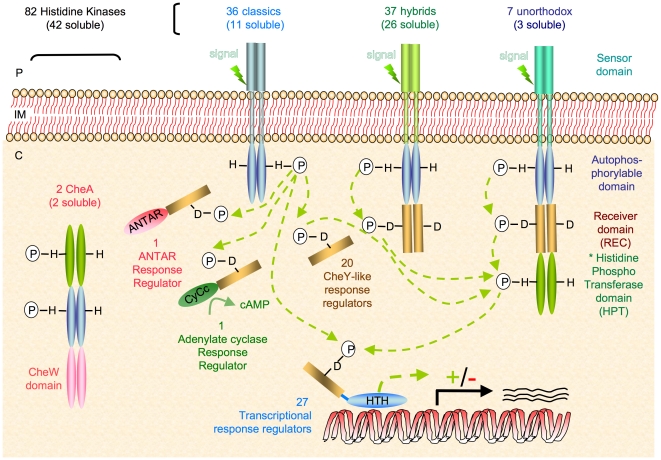Figure 3. Schematic representation of His-Asp phosphorelays in Ramlibacter tataouinensis TTB310.
Note: (i) a convergent signalling network due to the higher proportion of histidines kinases (HKs) (82) versus response regulators (RRs) (49); (ii) an intracellular network of signal transduction since half of the HKs (42) are soluble and appear to detect intracellular signals, (iii) the involvement of many two-component system (TCS) (20 CheY-like RRs) in post-transcriptional regulation that likely allow a more rapid adaptation compared to transcriptional regulation (light green dotted arrows indicate possible phosphorylations), and (iv) two chemotaxis systems dedicated to a form of gliding motility.

